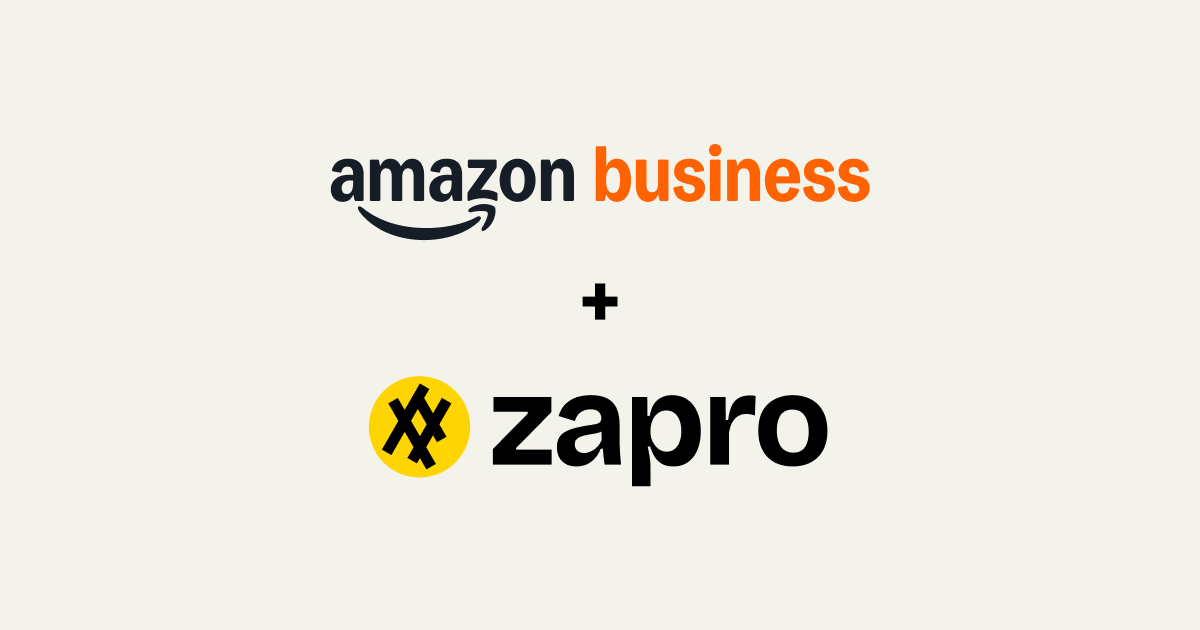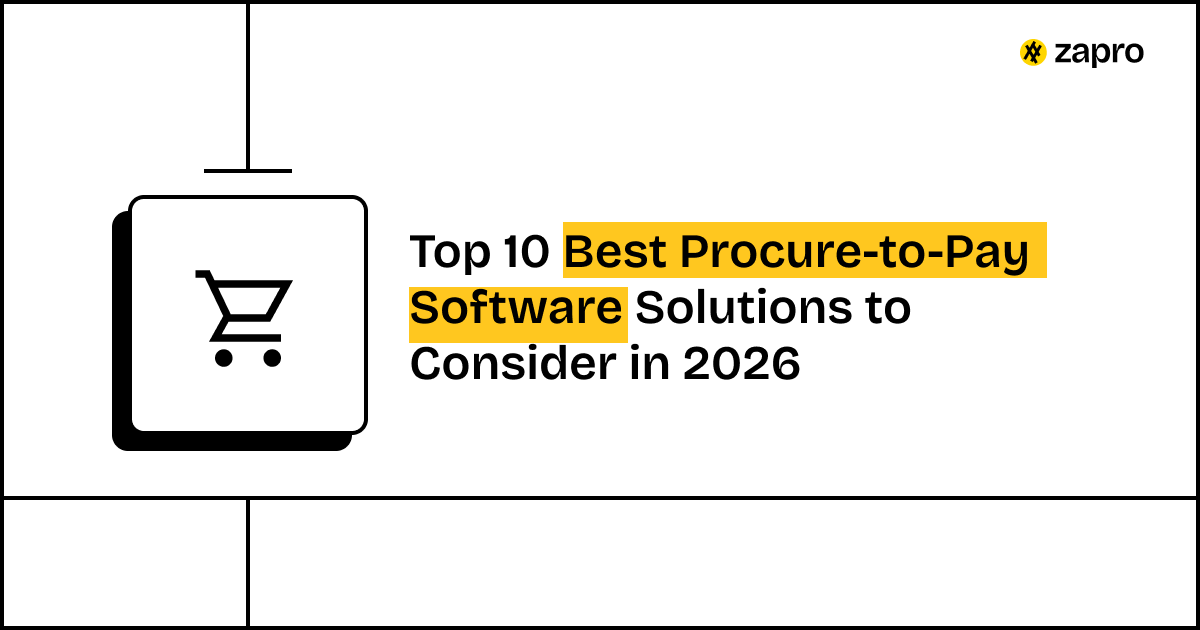What Is SaaS Procurement Software?
SaaS procurement software is a carefully crafted business spending tool that focuses on dealing with the difficulties that come with the purchases, management, and resubscription of cloud subscriptions. In contrast to broad purchasing systems, this particular software is made to empower enterprises to have a grip on their extremely large, but most of the time, impalpable, recurring software expenses.
It acts as a central hub, tracking every software license, alerting you to upcoming renewals, and ensuring every purchase goes through a formal approval process. This helps you gain control over the decentralized nature of modern technology buying.

By 2029, 80% of human decisions will be augmented by generative AI, transforming procurement operations.
– Gartner
What are the 4 Types of Procurement?
If you want to know where SaaS procurement is, it would be useful to understand the main categories of business buying first:
Direct Procurement
Purchasing raw materials or parts that are used directly to make your final product. For example, for a car company, it would be steel or tires.
Indirect Procurement
Buying of goods and services which help the business but are not included in the final product, such as office supplies, marketing services, or general IT hardware.
Services Procurement
Purchasing of labor or expertise, most likely through contractors, consultants, or professional services firms.
SaaS/Digital Procurement
It is a currently a modern subcategory of Indirect Procurement, focused solely on managing cloud-based software subscriptions. As software is generally bought by different departments without central control, thus to manage the costs and risks involved, a dedicated SaaS procurement software is necessary.
Why do you need SaaS procurement software?
In the age of cloud services, every team can sign up for new tools instantly. While this flexibility is great, it leads to “SaaS sprawl” and wasted money. A dedicated B2B procurement platform for software addresses this directly.
- Cut Waste and Control Spend: SaaS purchasing software automatically identifies unused licenses or duplicate subscriptions, often saving companies 20% or more on their software bills. It enforces budgets before the purchase is made, not after.
- Speed Up the Buying Process: The system creates a single, automated intake process for all software requests, thus saving the need for long email chains. This streamlining of approvals across IT, Finance, and Legal lets the teams have the tools they need quicker.
- Reduce Risk Across the Board: The platform collects and manages data on vendor security, conducts privacy compliance checks, and stores legal contracts. This is an essential step in the process of risk management for third-party software vendors.
- Make Smarter, Data Backed Decisions: The best systems provide real time spend analytics, showing you which tools your employees actually use and how much value you are getting, giving you leverage for negotiations.
The 7 Best SaaS Procurement Software
Here are our top picks for SaaS procurement solutions that are defining the market in 2026.
1. Zapro
Best for: End to end procurement, Accounts Payable (AP) automation, and vendor lifecycle management.
Why it stands out: Zapro provides a unified platform that manages all business spend, not just SaaS. It connects the SaaS purchase order system with the AP team and vendor onboarding process seamlessly. Its strength lies in using AI to guide employees to make compliant purchases and providing Finance teams with instant, predictable spend visibility.
Key Features: AI powered spend analytics, guided buying for employees, automated 3 way invoice matching, and full vendor lifecycle management.
Pros & Cons:
- Pros: Intuitive interface, excellent for controlling all indirect spend, strong AI capabilities, easy integration with major ERPs.
- Cons: Less specialized in deep SaaS negotiation tactics than pure play SaaS tools.
Ideal for: Medium size to large enterprises looking to replace outdated systems with one smart, modern, and scalable platform for both goods and services.
Transform Your Procurement Process with Ease

2. Coupa
Best for: Big companies and complex global operations.
What makes it different: Coupa is a leader in Business Spend Management. It provides very detailed spend visibility, full compliance automation, and a large ecosystem of users and suppliers. It is a robust, very scalable solution for organizations with a lot of resources.
3. Procurify
Best for: Medium size companies and teams that focus on ease of use.
What makes it different: Procurify makes the processes of requesting, approving, and tracking purchases very simple. It has a very easy-to-understand purchase order system that provides clear budget visibility for all users, thus, it is quite easy to quickly deploy across multiple departments.
4. Kissflow Procurement Cloud
Best for: Companies that need extremely flexible and personalized workflow automation.
What makes it different: This platform is most notable for granting users the freedom to create and modify procurement processes without requiring any coding. The model is ideal for organizations that have complicated approval chains that other systems may find difficult to accommodate.
5. JAGGAER
Best for: Manufacturing, retail, and supply chain-heavy industries.
What makes it different: JAGGAER provides highly developed strategic sourcing features and is a great component of inducting any strategic procurement and vendor management structure, especially for direct procurement and complex supplier relationships.
6. Vendr
Best for: SaaS buying and negotiation expertise done purely.
What makes it different: In contrast to broad procurement platforms, Vendr is almost entirely dedicated to handling the SaaS renewal and negotiation cycle. They provide the service and the tool, thus being able to use vast amounts of market data to achieve lower software license prices.
7. Zip Intake to Pay
Best for: Fast growing companies needing intake to procure automation.
What makes it different: Zip provides an “easy front door” for employees to request any purchase, routing it automatically through all necessary internal stakeholders (IT, Legal, Finance) for approval. It sits on top of existing ERPs, acting as a simple, centralized orchestration layer.
Effective Strategies for SaaS Procurement
Simply having the right saas procurement software doesn’t guarantee success. Implement these strategies to get the most out of your tool:
Centralize Purchasing
Through your saas purchase order system, gather all requests for software subscriptions so that purchases are made with full awareness.
Automate PO Workflows
Employing rules that allow for small, low-risk renewals to be automatically approved while new large purchases require the senior level sign off is a good approach.
Track Vendor Performance
Evaluate your vendors’ reliability and service levels through scorecards to guide renewal negotiations.
Use Spend Analytics
Analyze reports on a regular basis to discover license duplication and software that is underutilized and thus can be canceled.
Negotiate Renewals Early
By starting the renewal process 90 to 120 days before the contract end date, you give yourself the leverage.
The Ideal SaaS Procurement Checklist
While assessing any B2B procurement platform, make sure it features the following essentials:
• Approval Workflows: Steps in the work route for requests that can be customized and involve several people.
• Budget Visibility: Tracking in real time against departmental budgets.
• Vendor Onboarding: An easy portal for vendors to provide security documents and contracts.
• PO Automation: Directly from an approved request, the purchase order is automatically generated.
• Renewal Reminders: Giving the automated alerts of contract end dates that are coming up.
• Integrations: Connect your accounting and identity management systems without any difficulties.
Key Takeaway
The era of software spending without any checks is gone. Buying the best SaaS procurement solutions is no longer a matter of choice; it is the most important move that a company can make to keep its expenses under control, decrease the risk and make sure that each dollar spent on software brings real business value.
Conclusion
The market for SaaS procurement solutions is loaded with the right choices for any business size and need. If you require a full, end-to-end solution like Zapro or a specialized negotiation tool like Vendr, implementing an automated system will be a financial discipline revolution in your company. Make a decision today on which tool will giving you more clarity, compliance, and control in your software stack.

Get Started with Procurement the Zapro Way
Simplify purchasing with Zapro — procurement made smarter and effortless.
FAQ
1. What is SaaS procurement software and how does it work?
SaaS procurement software represents a cloud-based platform that is responsible for the buying, tracking, and renewing of all your company’s subscription software. It operates by bringing together all purchase requests in one place, automatically approving routing, issuing the necessary SaaS purchase order system documentation, and always keeping track of license usage and renewal dates so that there is no waste.
2. What is the best SaaS procurement solution for small and mid size businesses?
The best SaaS procurement solution for small and mid-size companies is typically the one that can be easily put into practice and gives immediate budget control. Using Procurify and Zapro is often referred to as the best because they provide strong features without the heavy complexity or the cost of enterprise platforms.
3. How is SaaS procurement different from traditional procurement?
SaaS procurement is unique in that it involves intangible services (licenses) with recurring billing and auto-renewal clauses, instead of physical goods. The transition necessitates more attention being paid to license utilization tracking, contract renewal dates, data security questionnaires, and managing per-user or usage-based pricing models.
4. What features should I look for in SaaS procurement software?
The functionalities you may want to consider are renewal reminders, automated vendor risk assessment tools, usage tracking to identify unused licenses, strong financial integrations, and an intuitive SaaS purchase order system with customizable approval workflows.
5. How much does SaaS procurement software typically cost?
The cost of saas procurement software varies widely. Smaller, simpler tools might cost a few hundred dollars per month based on the number of users or transactions. Enterprise solutions can cost several thousand dollars per month, with pricing often based on the total annual spend being managed through the platform.
Don’t miss our weekly updates
We’ll email you 1-3 times per week—and never share your information.

 Healthcare
Healthcare Financial Services
Financial Services Technology
Technology Venture Capitalist
Venture Capitalist Chief Procurement Officer
Chief Procurement Officer Chief Financial Officer
Chief Financial Officer




